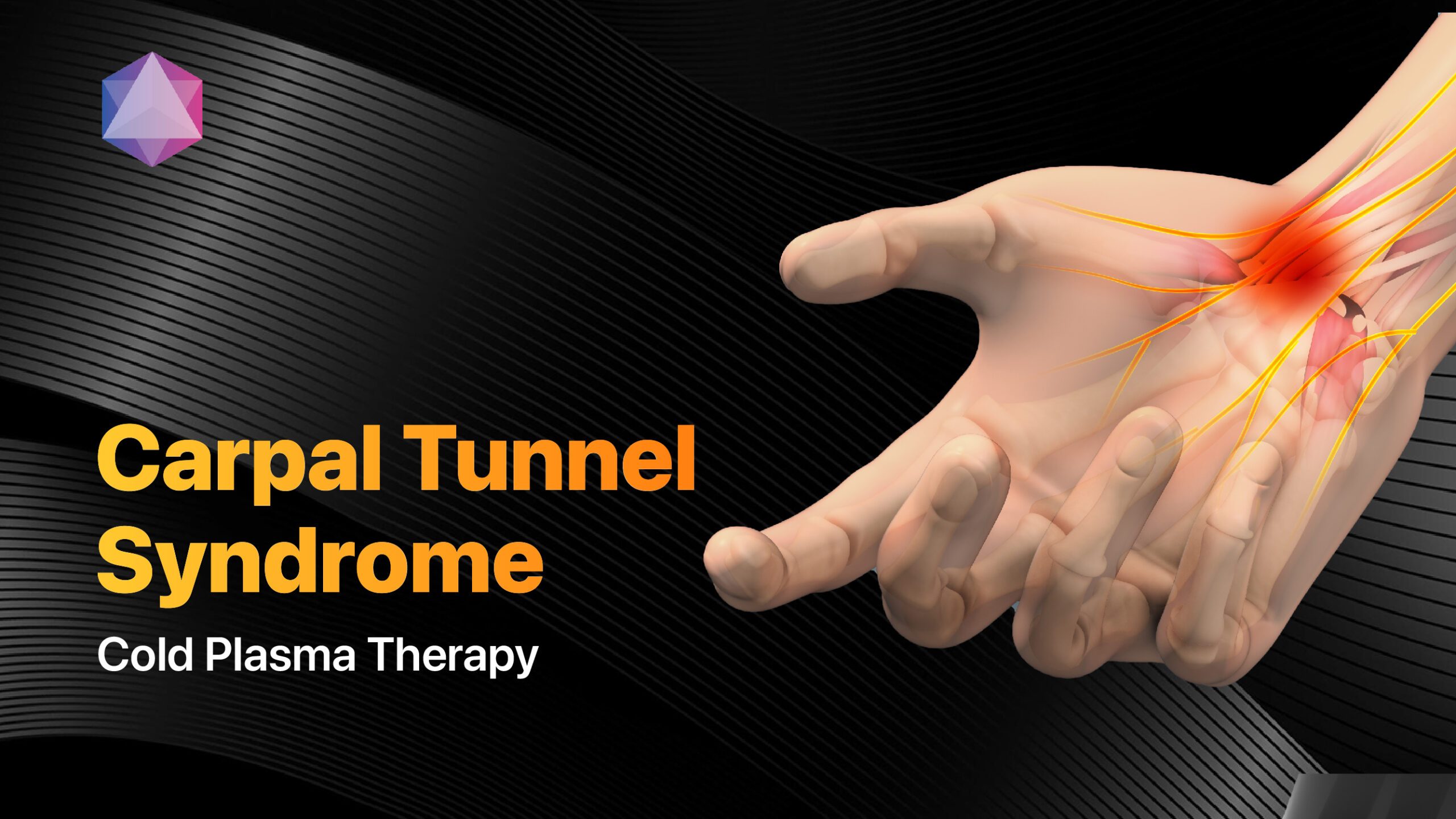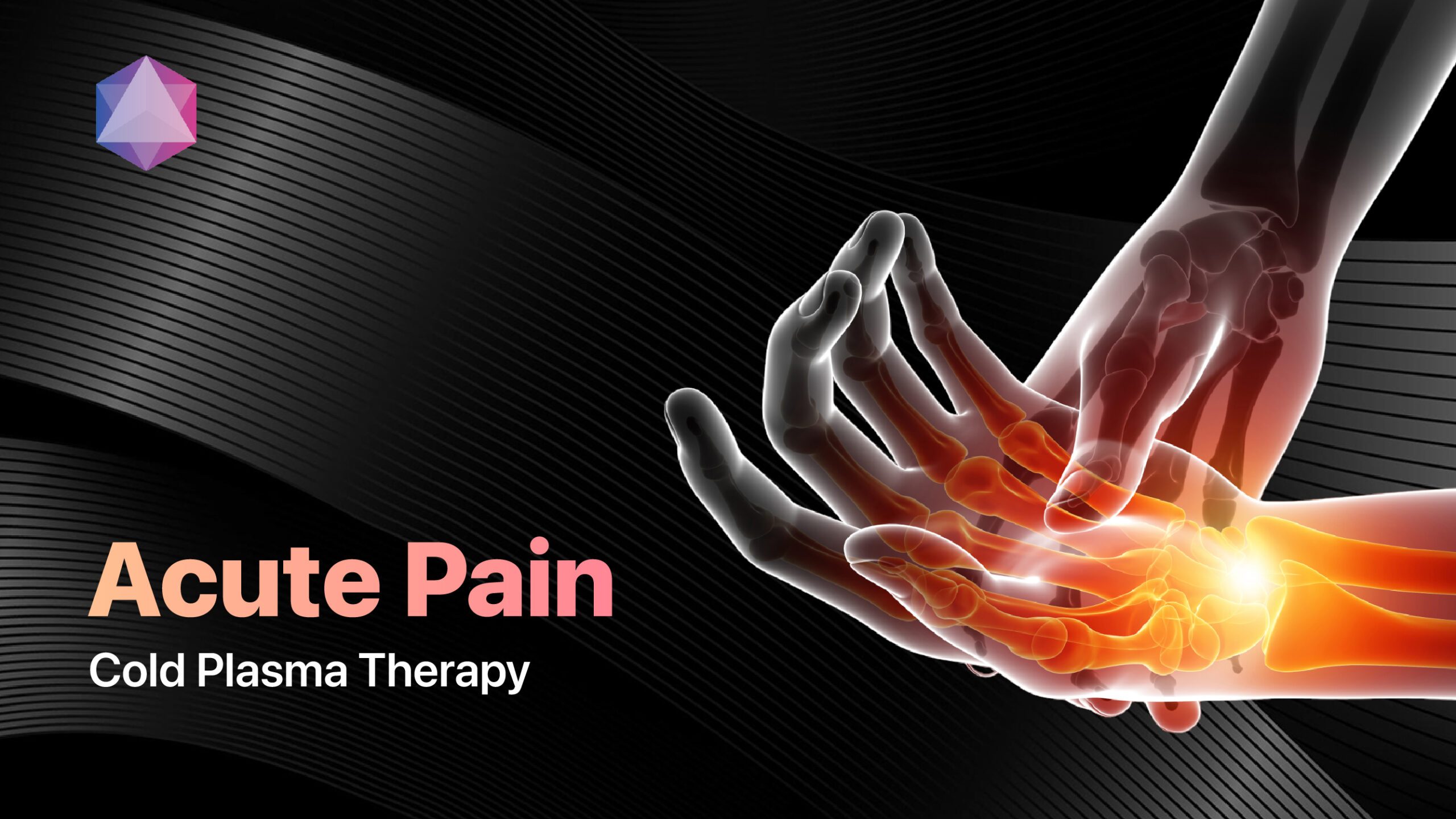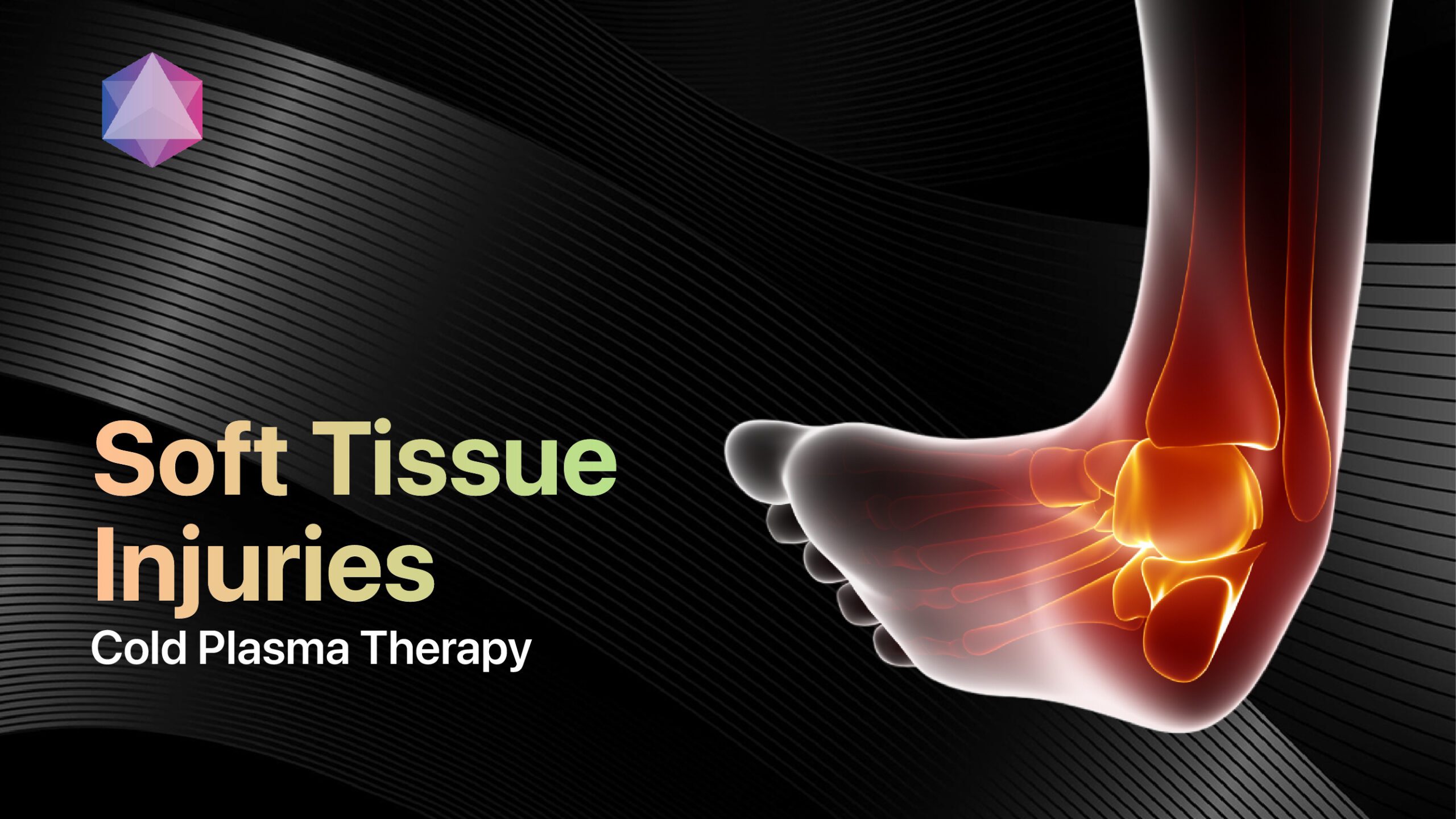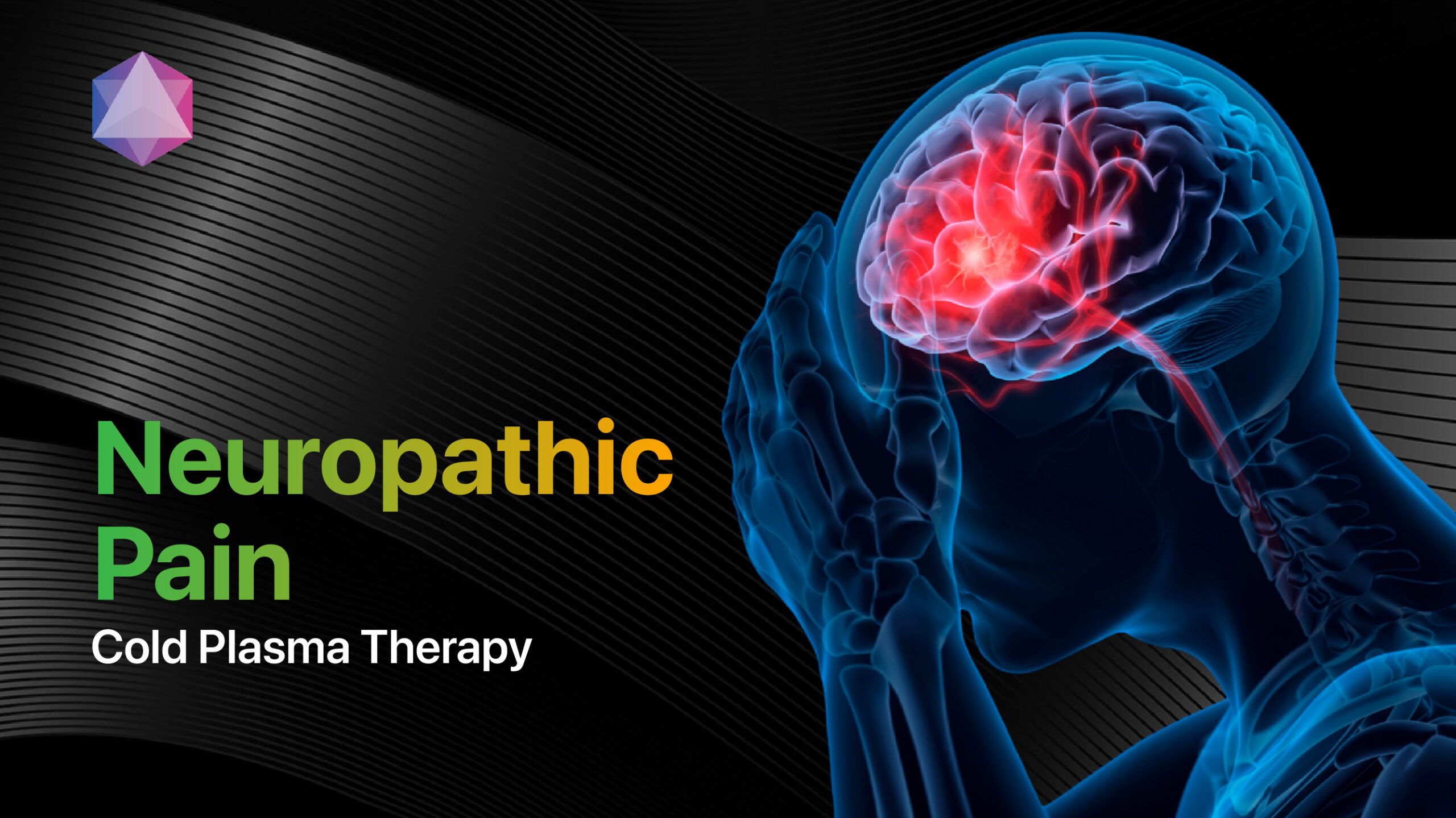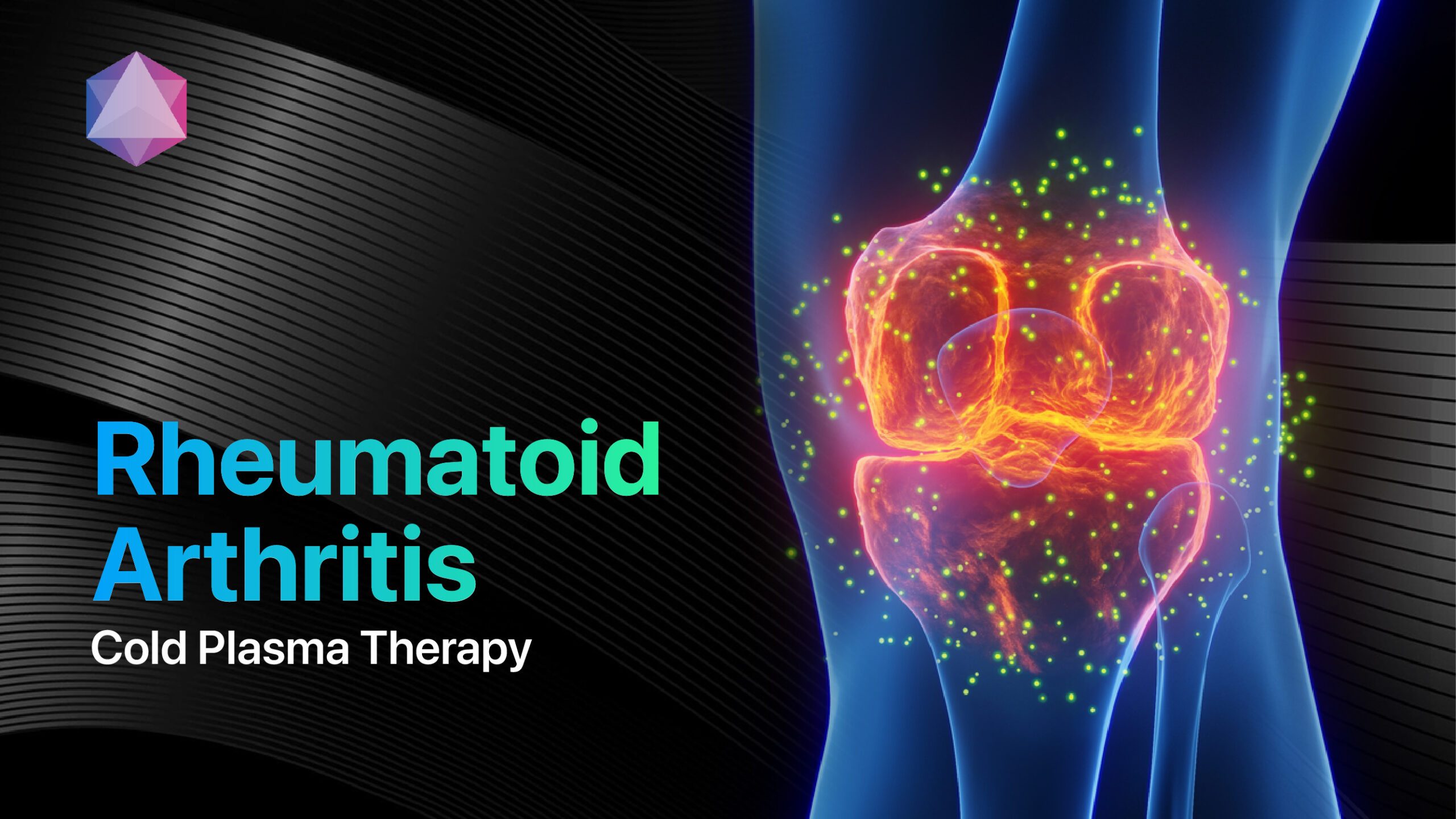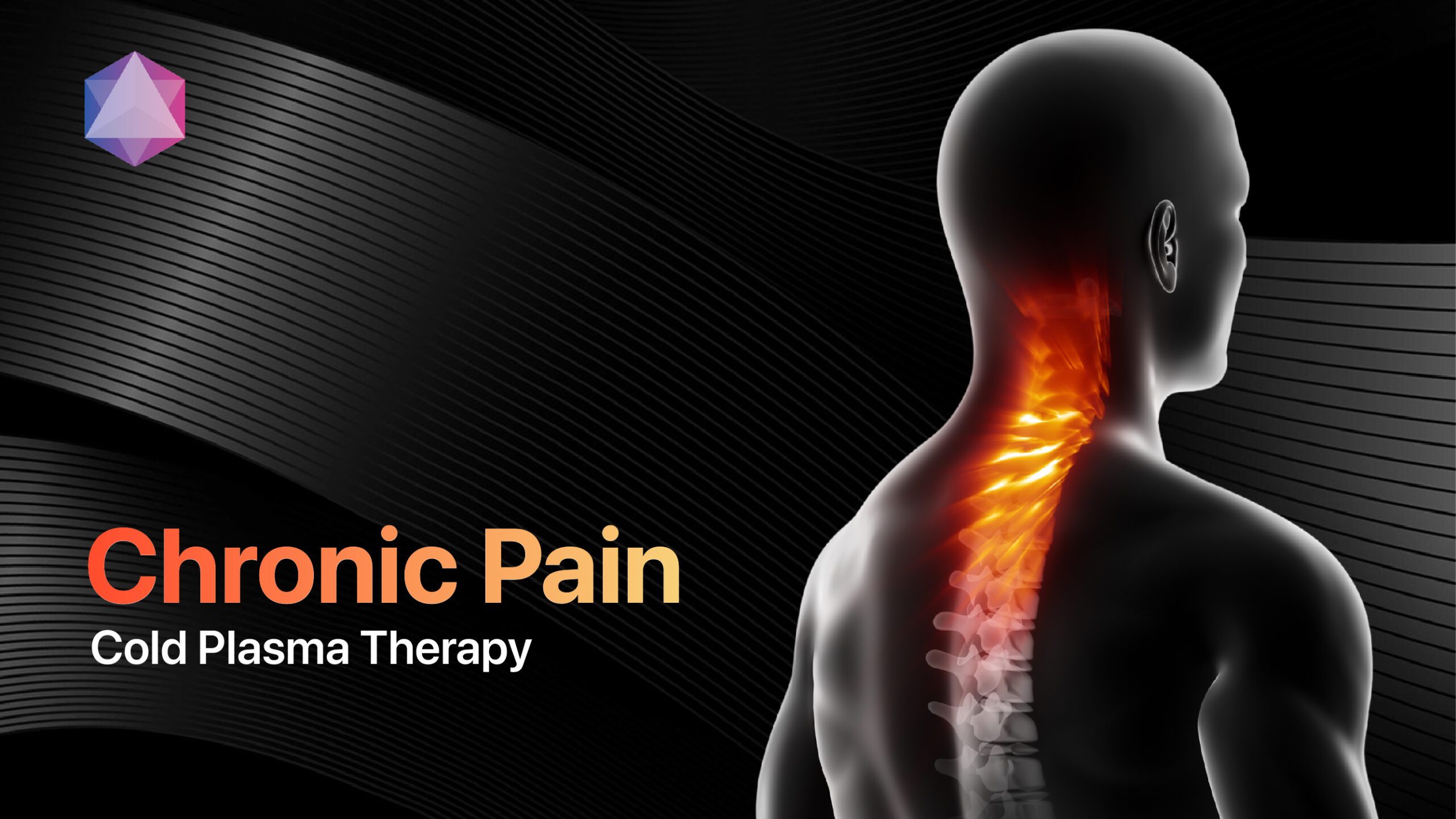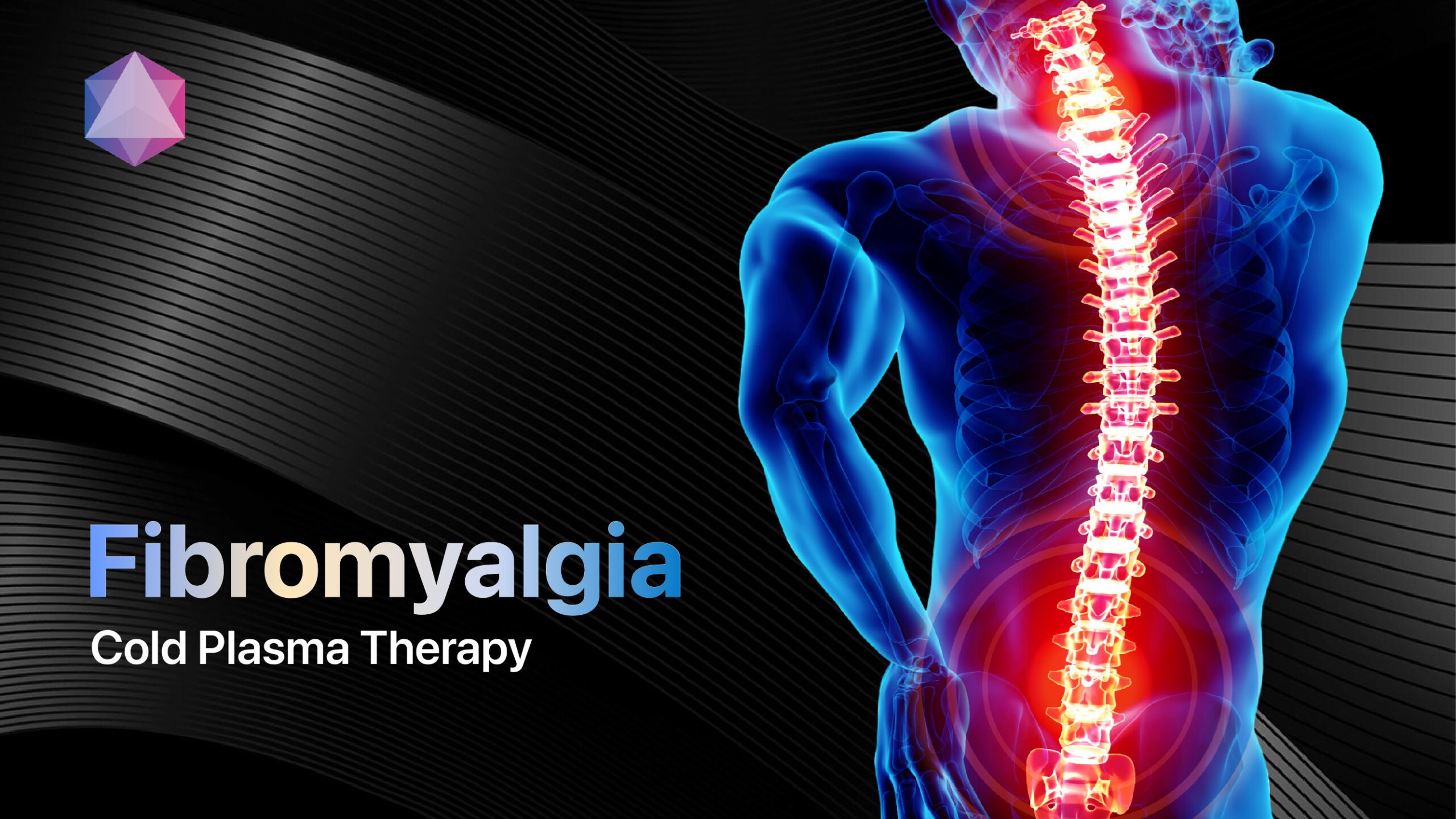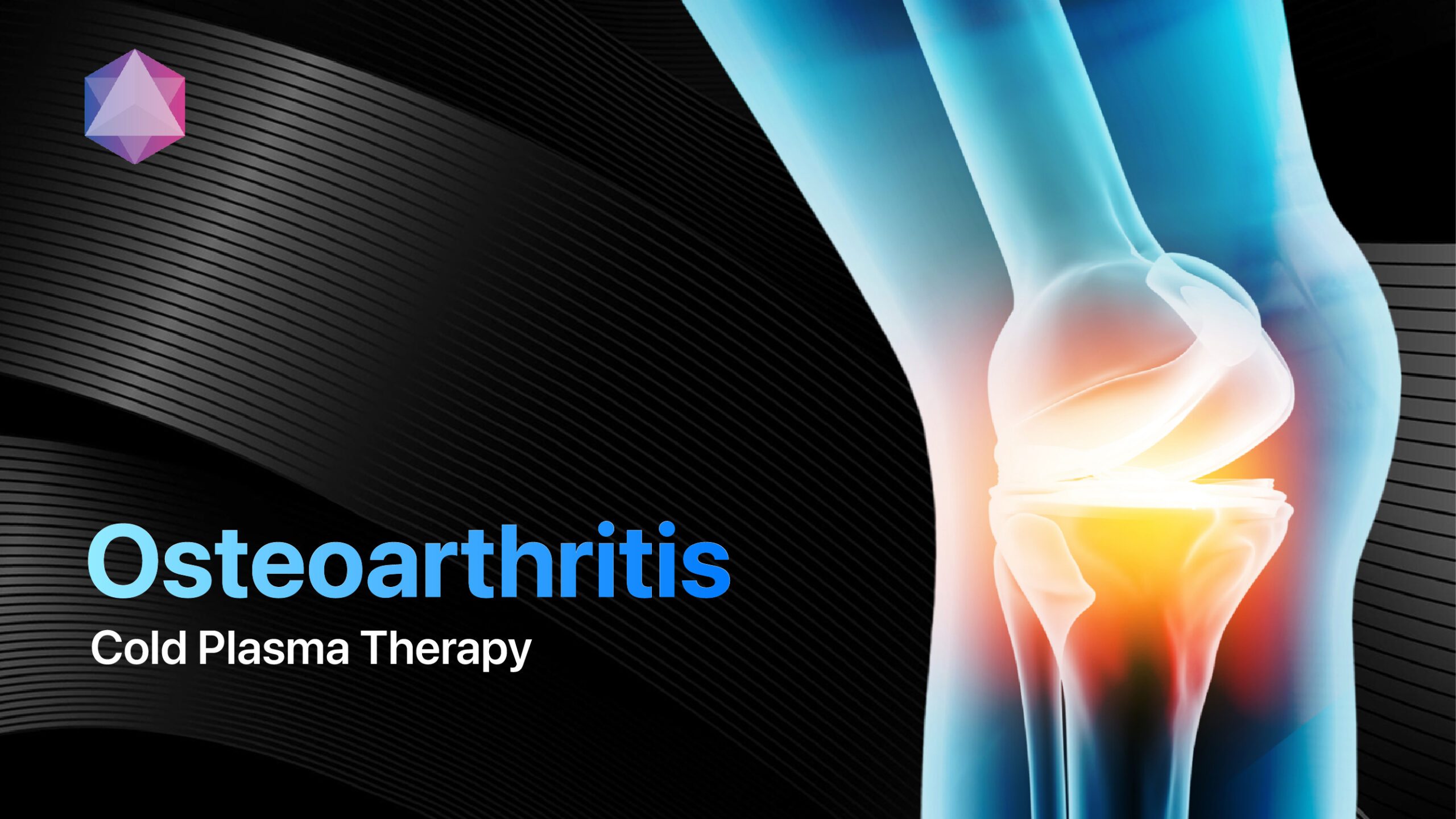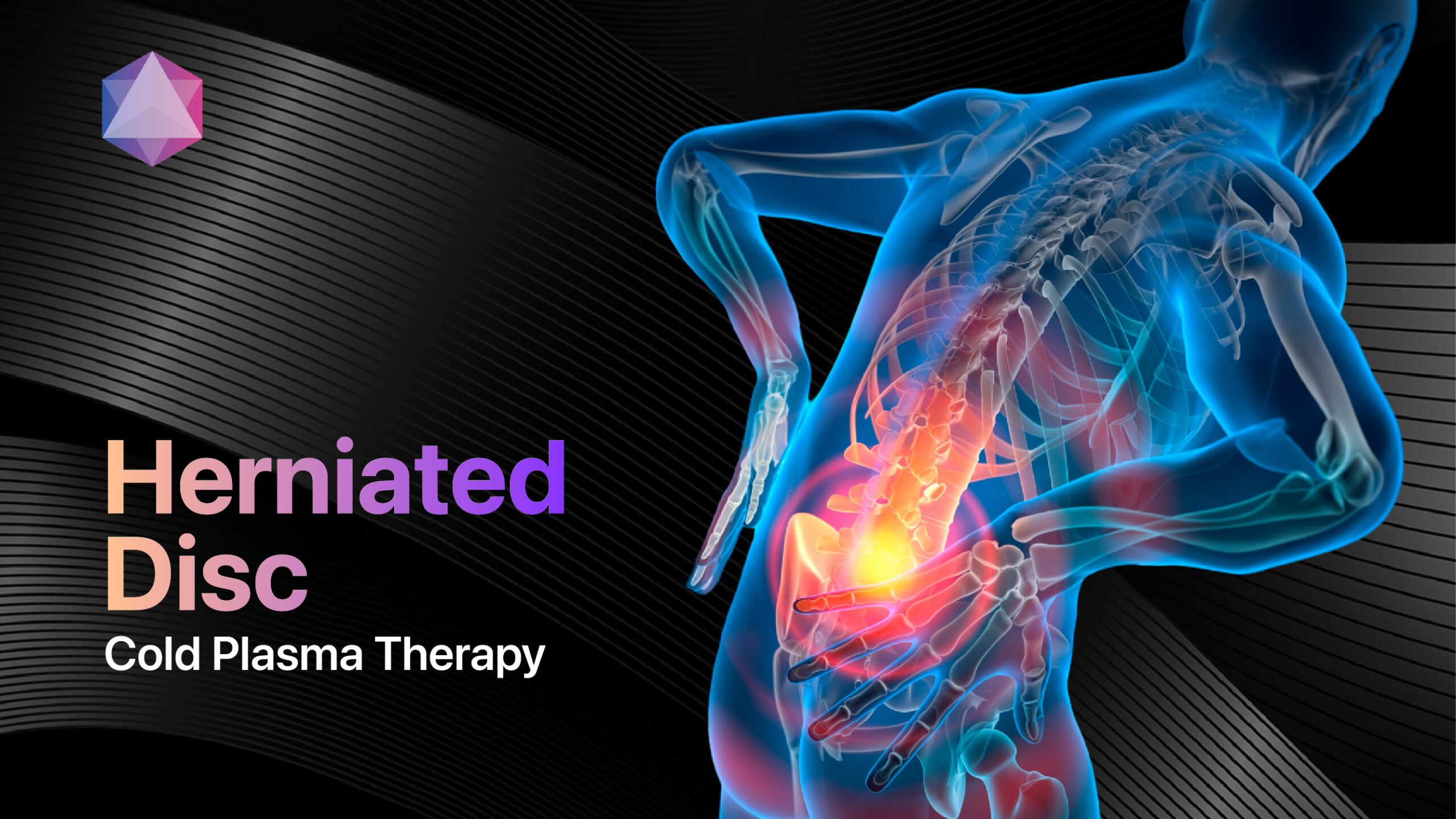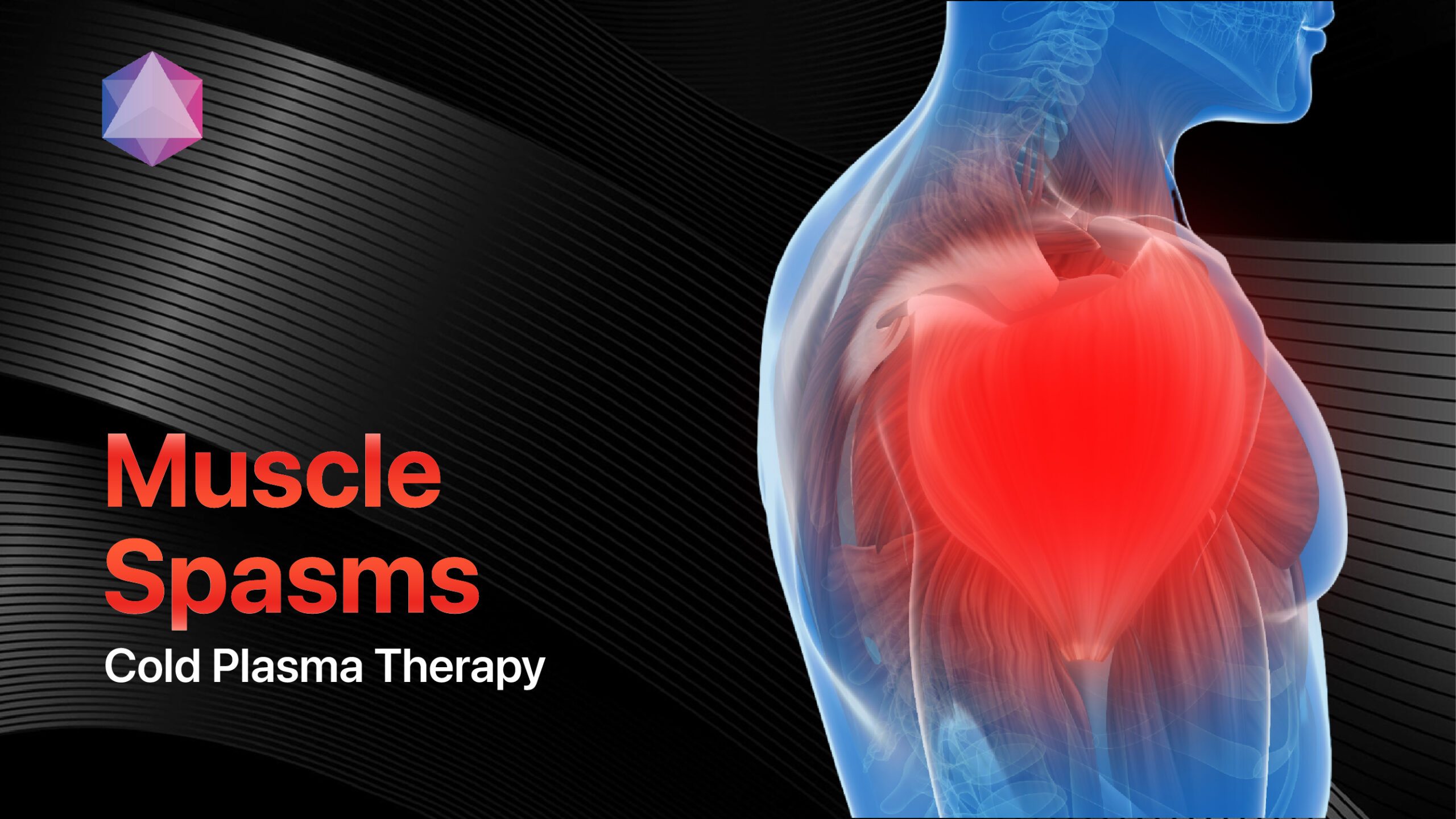
Muscle spasm affects approximately 3 in every 1,000 Americans annually and represents one of the most common neuromuscular complaints worldwide, causing sudden, involuntary, and often painful muscle contractions that can last from seconds to several minutes[1][2]. This debilitating condition occurs when muscles contract forcibly and cannot relax, creating intense pain, stiffness, and temporary disability that significantly impacts daily activities[3][4]. While traditionally managed with muscle relaxants and stretching, revolutionary 2025 treatments now include targeted therapies and breakthrough technologies.
Understanding modern approaches empowers patients to achieve faster relief and prevent future episodes through evidence-based strategies.
Understanding Muscle Spasm Mechanisms
What Triggers Involuntary Contractions?
Muscle spasm develops when abnormal nerve stimulation or muscle activity causes sudden, uncontrolled contractions[3]. These contractions involve entire muscle groups, individual muscles, or select muscle fibers, creating continuous, painful tension.
The physiological process involves:
- Nerve malfunction sending incorrect signals
- Ion imbalance disrupting normal muscle function
- Calcium and magnesium disruption affecting contraction-relaxation cycles
- Muscle fatigue overwhelming cellular energy systems[6]
Key distinguishing features include:
- Sudden onset without warning
- Involuntary nature beyond conscious control
- Muscle hardness or “knotted” feeling
- Variable duration from seconds to minutes
- Potential for recurring episodes[1]
How Muscle Spasm Differs from Other Conditions
Muscle spasm presents distinct characteristics distinguishing it from similar conditions:
- True spasm: Sudden, intense contraction with visible muscle hardening
- Muscle twitching: Brief, small movements without significant pain
- Muscle strain: Injury from overexertion causing ongoing soreness
- Cramps: Specific term often used interchangeably with spasms[2]
The Mirari Cold Plasma System, developed by General Vibronics and commercialized through miraridoctor.com, offers revolutionary muscle spasm treatment by generating nitric oxide that reduces muscle tension and promotes rapid recovery[26].
Comprehensive Muscle Spasm Symptoms Profile
Primary Pain Patterns and Sensations
Muscle spasm creates distinctive symptom patterns that help identify the condition:
Sudden Pain Onset
Sharp, intense pain strikes without warning, creating immediate functional impairment. Pain intensity ranges from mild discomfort to excruciating agony that prevents movement[1].
Muscle Rigidity
The affected muscles feel extremely rigid to the touch, resulting in visible bulging or distortion. This rigidity prevents normal movement and creates protective guarding responses[4].
Location-Specific Symptoms
Common spasm locations include:
- Calf muscles (charley horse)—a classic nighttime occurrence
- Back muscles—causing severe mobility limitation
- Neck and shoulders—creating headaches and stiffness
- Hands and feet—affecting fine motor control[2]
Secondary Symptoms and Complications
Muscle spasm frequently involves additional symptoms:
- Muscle twitching preceding or following main spasm
- Residual soreness lasting hours to days
- Movement limitation due to pain and stiffness
- Sleep disruption, especially with nocturnal leg cramps
- Anxiety about recurring episodes[1]
| Symptom Category | Specific Manifestations | Duration | Impact Level |
|---|---|---|---|
| Acute Pain | Sharp, intense, sudden onset[1] | Seconds to 15 minutes | Severe functional impairment |
| Muscle Rigidity | Rock-hard, visible distortion[4] | During active spasm | Complete movement restriction |
| Residual Effects | Soreness, tenderness, weakness[2] | Hours to days | Moderate ongoing discomfort |
| Sleep Impact | Night awakening, insomnia[1] | Variable | Significant quality of life impact |
Revolutionary Understanding of Root Causes
Primary Triggering Mechanisms
Muscle spasm develops through multiple interconnected pathways affecting neuromuscular function:
Electrolyte Imbalance
Critical mineral deficiencies create an ideal environment for the development of spasms. Potassium, magnesium, and calcium deficiencies disrupt normal nerve-muscle communication[5].
Key imbalances include:
- Potassium depletion from excessive sweating or medications
- Magnesium deficiency affecting muscle relaxation
- Calcium imbalance disrupting contraction-relaxation cycles
- Sodium loss through dehydration or illness[13]
Dehydration and Fluid Loss
Inadequate hydration significantly increases spasm risk. Water loss affects electrolyte concentration and muscle cell function, creating conditions for involuntary contractions[5].
Muscle Overuse and Fatigue
Exercise-induced spasms represent the most common presentation in sports medicine. Muscle fatigue overwhelms normal energy systems, leading to cellular dysfunction and abnormal contractions[6].
Advanced Risk Factor Analysis
Age-Related Vulnerability
Older adults experience muscle mass loss and decreased conditioning, making muscles more susceptible to fatigue and spasms[7].
Medical Conditions
Underlying diseases significantly increase spasm risk:
- Diabetes affecting nerve function
- Thyroid disorders altering metabolism
- Kidney disease disrupting electrolyte balance
- Liver conditions affecting mineral processing[7]
Medication-Induced Spasms
Certain medications trigger spasms through various mechanisms:
- Diuretics causing mineral depletion
- Antidepressants affecting nerve transmission
- High blood pressure medications altering electrolyte balance[5]
Cutting-Edge 2025 Diagnostic Advances
Modern Clinical Assessment
Muscle spasm diagnosis relies on comprehensive evaluation combining clinical history with physical examination[15]:
Essential History Components
- Onset patterns and triggering factors
- Duration and frequency of episodes
- Associated symptoms and medical conditions
- Medication history and recent changes
- Activity level and exercise patterns[15]
Physical Examination Findings
Healthcare providers assess for:
- Muscle palpation revealing tension or knots
- Range of motion limitations during active episodes
- Neurological testing for underlying nerve problems
- Trigger point identification in chronic cases[15]
Advanced Diagnostic Technologies
2025 updates to diagnostic coding reflect improved understanding of muscle spasm variations. ICD-10 codes now include:
- M62.830—Back muscle spasms
- M62.831 – Calf muscle spasms
- M62.838—Other muscle spasms
- M62.85 – Multifidus muscle dysfunction (lumbar)[10]
Specialized testing may include:
- Blood tests for electrolyte imbalances
- X-rays for structural abnormalities
- MRI or CT scans for nerve compression
- Electromyography for muscle electrical activity[15]
Revolutionary Treatment Breakthroughs
Evidence-Based Immediate Relief Strategies
Modern muscle spasm treatment emphasizes rapid intervention with proven techniques:
Targeted Stretching Protocols
Specific stretching remains the most effective immediate treatment. Gentle, sustained stretches help break the spasm cycle and restore normal muscle length[14].
Key techniques include:
- Calf stretches for posterior leg cramps
- Back extension for lumbar spine spasms
- Neck rotation for cervical muscle tension
- Progressive stretching, avoiding forceful movements[22]
Therapeutic Massage Application
Deep tissue massage targeting spasmodic muscles provides immediate pain relief and improved circulation. Professional massage therapy shows superior results compared to self-massage[14].
Advanced Pharmaceutical Interventions
First-Line Medications
Muscle relaxants provide rapid symptom relief for severe cases:
Baclofen remains the gold standard for spasticity-related spasms, working through GABA-B receptors to reduce abnormal muscle activity[12][19].
Tizanidine offers effective nighttime relief with fewer sedating effects compared to traditional relaxants[20].
Emerging Pharmaceutical Options
2025 research explores gabapentin and pregabalin for spasm-associated neuropathic pain. These medications show promise for chronic spasm syndromes with neuropathic components[12].
Breakthrough Cold Plasma Technology
Cold plasma therapy represents a revolutionary advancement in muscle spasm treatment. The Mirari Doctor platform utilizes atmospheric plasma to generate therapeutic effects in the following ways:
- Nitric oxide production promoting muscle relaxation
- Enhanced cellular metabolism supporting rapid recovery
- Pain pathway modulation reducing spasm intensity
- Anti-inflammatory effects addressing underlying tissue irritation[26]
Clinical protocols demonstrate significant improvement in spasm frequency and intensity. Treatment sessions typically last 15-30 minutes, offering non-invasive alternatives to pharmaceutical approaches[26].
| Treatment Modality | Mechanism of Action | Onset Time | Duration of Relief |
|---|---|---|---|
| Targeted Stretching | Muscle lengthening, spasm interruption[14] | Immediate | 30 minutes – hours |
| Muscle Relaxants | GABA receptor activation[12] | 30-60 minutes | 4-8 hours |
| Cold Plasma Therapy | Nitric oxide generation[26] | 10-15 minutes | Days to weeks |
| Therapeutic Massage | Improved circulation, tension release[14] | Immediate | 2-6 hours |
Innovative Physical Therapy Approaches
Comprehensive Rehabilitation Programs
Physical therapy provides foundation-level treatment for chronic muscle spasm conditions through personalized exercise programs[17]:
Therapeutic Exercise
- Strengthening programs improving muscle endurance
- Flexibility routines preventing future spasms
- Balance training reducing fall risk and injury
- Core stabilization supporting spinal muscles[17]
Manual Therapy Techniques
- Joint mobilization addressing underlying restrictions
- Trigger point release eliminating muscle knots
- Soft tissue mobilization improving tissue quality
- Neural mobilization addressing nerve-related causes[17]
Advanced Treatment Modalities
Modern physical therapy incorporates cutting-edge technologies:
- Electrical stimulation reducing muscle tension
- Ultrasound therapy promoting tissue healing
- Dry needling targeting trigger points
- Heat and cold therapy managing acute symptoms[17]
Evidence-Based Prevention Strategies
Primary Prevention Excellence
Preventing muscle spasms proves more effective than treating established episodes[21]:
Hydration Optimization
Adequate fluid intake maintains electrolyte balance and muscle function. Daily water requirements vary based on:
- Activity level and sweating rate
- Climate conditions and temperature
- Individual body size and metabolism
- Medical conditions affecting fluid balance[17]
Nutritional Support
Essential nutrients prevent spasm-triggering deficiencies:
- Potassium from bananas, potatoes, leafy greens
- Magnesium from nuts, seeds, whole grains
- Calcium from dairy products, fortified foods
- Sodium replacement after excessive sweating[17]
Lifestyle Modification Strategies
Exercise Programming
Regular physical activity reduces spasm risk through:
- Improved muscle conditioning, increasing fatigue resistance
- Enhanced flexibility preventing muscle tightness
- Better circulation supporting muscle nutrition
- Stress reduction decreasing tension-related spasms[17]
Sleep Position Optimization
Proper sleep positioning prevents nocturnal leg cramps:
- Foot positioning avoiding plantar flexion
- Pillow placement supporting natural alignment
- Mattress selection providing adequate support
- Pre-sleep stretching preparing muscles for rest[1]
Managing Chronic Muscle Spasm Conditions
Long-Term Treatment Strategies
Chronic muscle spasm requires comprehensive management approaches addressing underlying causes[3]:
Multidisciplinary Care
- Primary care coordination managing medical conditions
- Specialist consultation for complex cases
- Physical therapy for ongoing rehabilitation
- Pain management when conservative measures fail[18]
Patient Education
Self-management skills prove crucial for success:
- Trigger identification preventing episodes
- Early intervention techniques for symptom control
- Activity modification reducing risk factors
- Stress management addressing psychological components[18]
Quality of Life Considerations
Chronic spasms have a significant impact on daily functioning and require the following accommodations:
- Work accommodation for occupational limitations
- Social support from family and friends
- Mental health care addressing anxiety and depression
- Adaptive equipment when mobility is affected[3]
FAQ: Essential Questions About Muscle Spasm
What are the main symptoms of muscle spasm?
Muscle spasm symptoms include sudden, intense pain with visible muscle hardening, involuntary contractions lasting seconds to minutes, and temporary movement restriction[1][4]. Additional symptoms include muscle twitching, residual soreness lasting hours, and anxiety about recurring episodes[2]. Common locations include calf muscles, back, neck, and hands.
What causes muscle spasms to develop?
Muscle spasm results from electrolyte imbalances (low potassium, magnesium, and calcium), dehydration, muscle overuse, and underlying medical conditions[5][13]. Risk factors include age, poor conditioning, pregnancy, diabetes, and certain medications like diuretics[7]. Exercise without proper warm-up and prolonged positioning also trigger episodes.
What are the most effective treatments for muscle spasm?
Most effective muscle spasm treatment combines immediate stretching, therapeutic massage, and proper hydration[14][22]. Muscle relaxants like baclofen provide rapid relief for severe cases[12][19]. Revolutionary cold plasma therapy shows significant improvement through nitric oxide generation[26]. Physical therapy offers long-term solutions through strengthening and flexibility programs[17].
How long do muscle spasms typically last?
Muscle spasms typically last from a few seconds to 15 minutes, though some may persist longer[1]. Most episodes resolve spontaneously within minutes, but residual soreness can continue for hours to days[2]. Chronic spasm conditions may have recurring episodes requiring ongoing management. Proper treatment significantly reduces duration and intensity.
Can muscle spasms be prevented effectively?
Yes, muscle spasms are largely preventable through adequate hydration, proper nutrition with essential minerals, regular exercise, and excellent conditioning[17][21]. Key prevention strategies include stretching before activity, maintaining electrolyte balance, avoiding overexertion, and managing underlying medical conditions[7]. Lifestyle modifications like proper sleep positioning and stress management further reduce risk.
Muscle spasm represents a common but manageable condition requiring comprehensive understanding of modern treatment approaches. Revolutionary advances from cold plasma therapy to targeted pharmaceutical interventions offer unprecedented relief options. Early recognition combined with appropriate prevention strategies—whether lifestyle modifications, therapeutic interventions, or innovative technologies—enables most patients to achieve excellent functional outcomes and prevent recurring episodes.
References
- Cleveland Clinic. (2025). Muscle Spasms (Muscle Cramps): Causes, Treatment & Prevention. Available at: https://my.clevelandclinic.org/health/diseases/muscle-spasms-muscle-cramps
- Medical News Today. (2024). Muscle spasms: Causes, symptoms, and treatment. Available at: https://www.medicalnewstoday.com/articles/muscle-spasms
- Wikipedia. (2003). Spasm. Available at: https://en.wikipedia.org/wiki/Spasm
- Osmosis. (2025). Muscle Spasms: What Are They, Causes, Diagnosis, and More. Available at: https://www.osmosis.org/answers/muscle-spasms
- WebMD. (2024). 15 Causes of Muscle Twitches and Spasms. Available at: https://www.webmd.com/brain/ss/slideshow-twitches-spasms-causes
- NCBI Bookshelf. (2023). Muscle Cramps – StatPearls. Available at: https://www.ncbi.nlm.nih.gov/books/NBK499895/
- Mayo Clinic. (2023). Muscle cramp – Symptoms and causes. Available at: https://www.mayoclinic.org/diseases-conditions/muscle-cramp/symptoms-causes/syc-20350820
- MUSC Health. (2025). Muscle Cramps & Spasms – Healthy Aging. Available at: https://muschealth.org/medical-services/geriatrics-and-aging/healthy-aging/cramps-and-spasms
- Prof. Dr. Tuluhan Yunus Emre. (2025). Muscle Spasm. Available at: https://tuluhanyunusemre.com/en/muscle-spasm/
- SPRY. (2025). ICD-10 Code Updates for Muscle Spasms (2025). Available at: https://www.sprypt.com/icd-codes/m62-83
- Apollo Hospitals. (2025). Muscle spasms – Causes, Symptoms, and Treatment. Available at: https://www.apollohospitals.com/diseases-and-conditions/muscle-spasms-causes-symptoms-and-treatment
- PMC. (2011). Latest Approaches for the Treatment of Spasticity and Autonomic Dysreflexia. Available at: https://pmc.ncbi.nlm.nih.gov/articles/PMC3101828/
- OneWelbeck. (2025). Muscle Spasms Possible Causes & Symptom Info. Available at: https://onewelbeck.com/conditions/muscle-spasms/
- Healthline. (2019). 9 Muscle Spasm Treatments to Try and Lots of Tips. Available at: https://www.healthline.com/health/muscle-spasm-treatment
- National Spine Health Foundation. (2024). Muscle Spasm. Available at: https://spinehealth.org/article/muscle-spasm/
- Chiropractic in Malaysia. (2025). Muscle Cramps Causes & Care Options For 2025. Available at: https://www.chiropractic-in-malaysia.com/blog/muscle-pain-cramps-cure
- Kinetic Physical Therapy. (2023). 6 Treatments for Muscle Spasms. Available at: https://www.kineticptmd.com/6-treatments-for-muscle-spasms/
- Downtown Pain Physicians. (2021). Muscle Spasm Treatment NYC. Available at: https://www.downtownpainphysicians.com/muscle-spasm/
- NHS. (2018). Baclofen: muscle relaxant that relieves muscle spasms. Available at: https://www.nhs.uk/medicines/baclofen/
- MS Society UK. (2024). Spasticity, Muscle Spasms & Stiffness Treatment. Available at: https://www.mssociety.org.uk/about-ms/signs-and-symptoms/spasms-and-stiffness/treating-spasms-and-stiffness
- Better Health Victoria. (2003). Muscle cramp. Available at: https://www.betterhealth.vic.gov.au/health/conditionsandtreatments/muscle-cramp
- Mayo Clinic. (2023). Muscle cramp – Diagnosis and treatment. Available at: https://www.mayoclinic.org/diseases-conditions/muscle-cramp/diagnosis-treatment/drc-20350825
- YouTube. (2024). N75 Muscle spasm (ICD-10:R25.2). Available at: https://www.youtube.com/watch?v=gNUAy3VIYBs
- Mirari Doctor. (2025). N75 Muscle spasm (ICD-10:R25.2). Available at: https://miraridoctor.com/n75/
- YouTube. (2024). Managing chronic pain using cold plasma therapy. Available at: https://www.youtube.com/watch?v=Ox64dUdk0qs
- LinkedIn. (2024). MIRARI® Cold Plasma System for various medical conditions. Available at: https://www.linkedin.com/posts/miraridoctor_mirari-doctor-the-secret-to-cell-rejuvenation-activity-7218471991354249217-m9PC
Related articles
Made in USA


